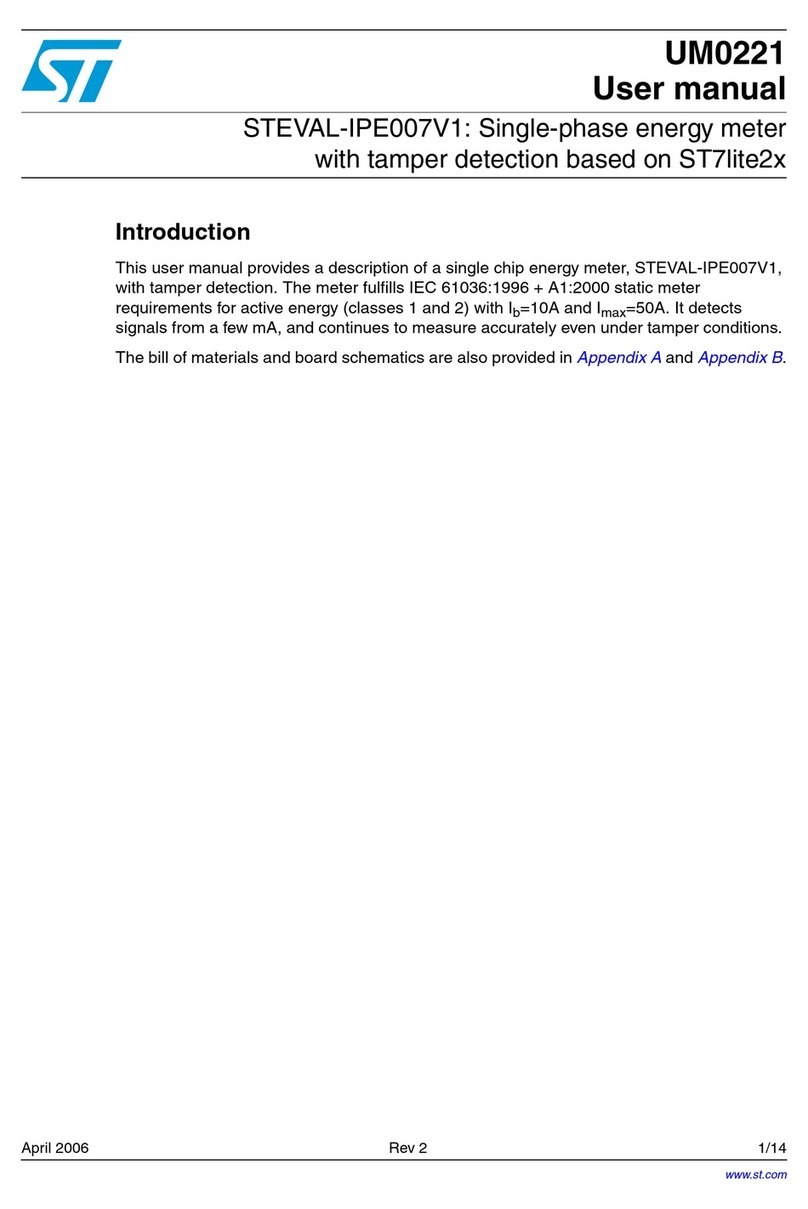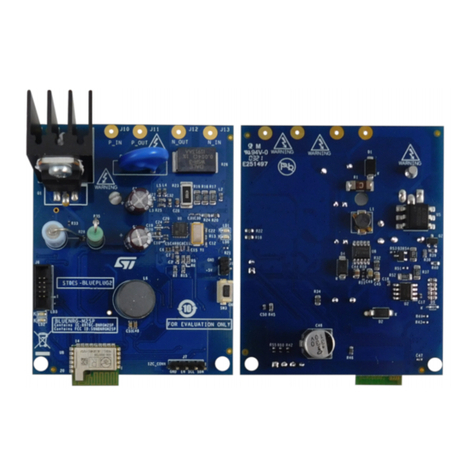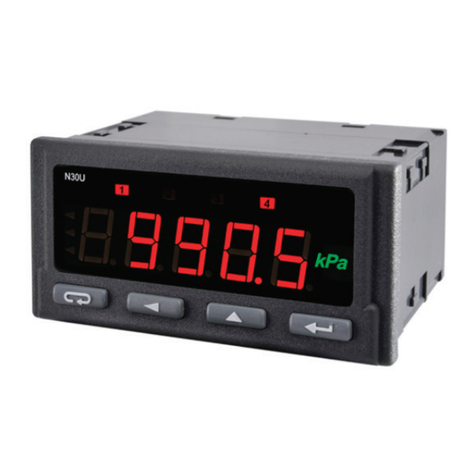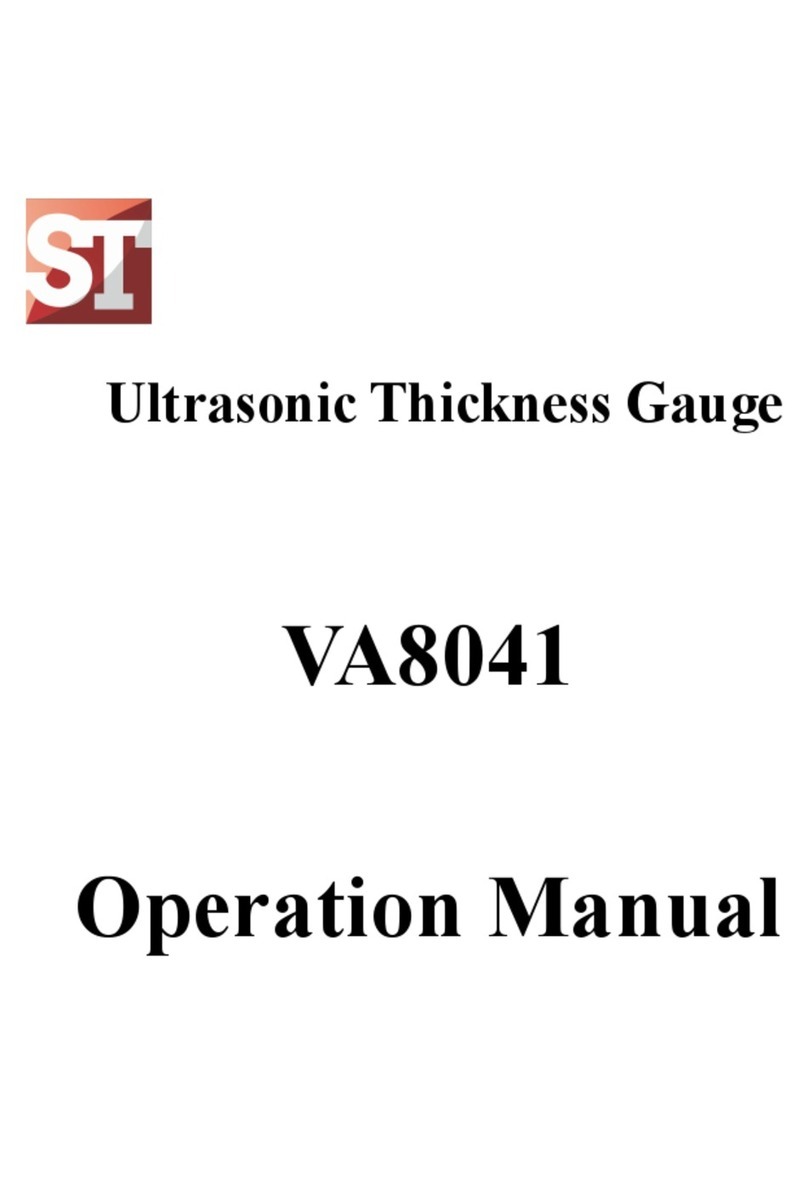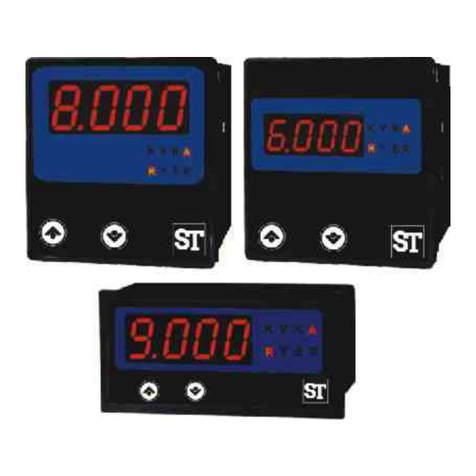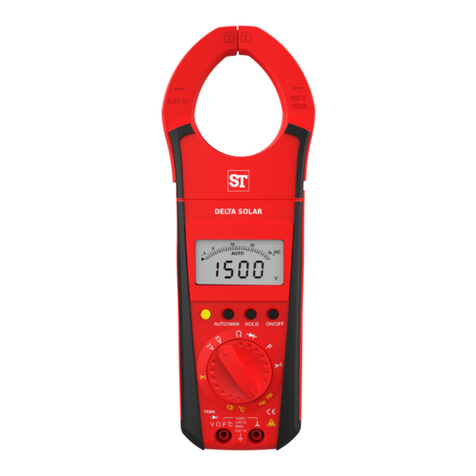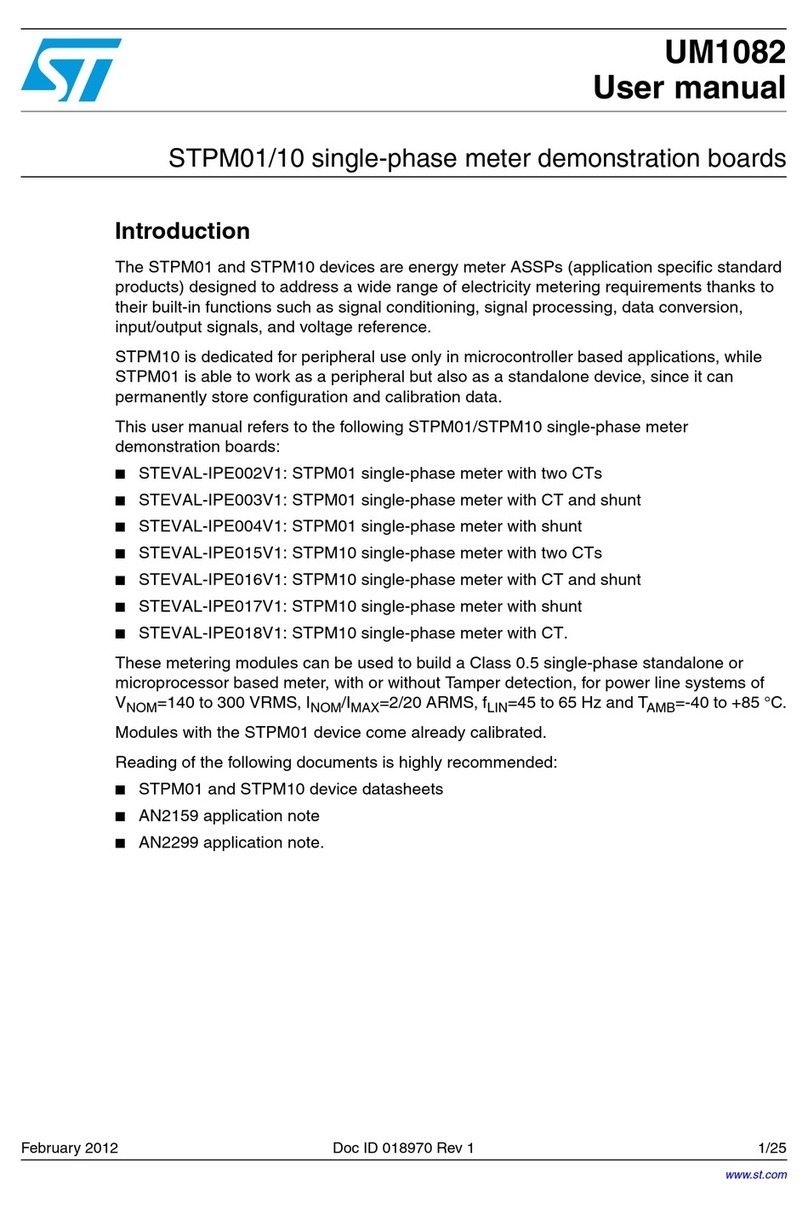
1.4. Principles of Operation
ST 401 ‘Cayman’ is a nonlinear junction detector, or NLJD. Instruments of this type employ
active detection, i.e. they emit probing signals and analyse the return. Their primary search targets
are electronic devices, and those typically consist of circuit plates with conductive elements and
various semiconductor parts connected to them, such as diodes, transistors, and microchips.
The probing electromagnetic radiation induces variable electromotive forces in these loops, and
electronic components with a non-linear current-voltage curve transform the initial signal into its
higher frequency harmonics, which come back to the NLJD’s receiver.
Higher harmonics can also be re-radiated by corroded metal or the so-called MOM-diodes,
metal-oxide-metal structures brought about by contacting metal surfaces. However, these
formations return somewhat different spectra than semiconductors.
With ST 401 one can distinguish with high probability between responses given by real
semiconductors, and those ‘faked’ by MOM-structures or corrosion.Another important advantage
is a confident detection of search targets behind partially shielding obstacles, which is achieved
by simultaneously radiating several frequencies within the 2-3GHz band and analysing the
composite picture of the reflection spectrum.
1.5. Operation Modes
The NLJD ST 401 ‘Cayman’ has the following modes of operation:
Primary operation mode: SEARCH
Secondary operation mode: AUDIO
Service mode: ADAPT
The main operation mode named SEARCH is meant for detecting nonlinear targets and
identifying them, based on the response levels as indicated by 16-segment bars.
The auxiliary operation mode named AUDIO allows demodulating the response and listening
to it through the built-in speaker or headphones. Use this mode upon detecting a response in the
SEARCH mode.
The service mode namedADAPT isused tooptimisethe parameters ina givenelectromagnetic
environment and thus maximise the effectiveness of search. Engaging this mode is necessary
every time the device is switched on. It is advisable to pause during searches from time to time,
to repeat this procedure. During adaptation, the antenna must be pointed away from electronics
and large metal objects.












